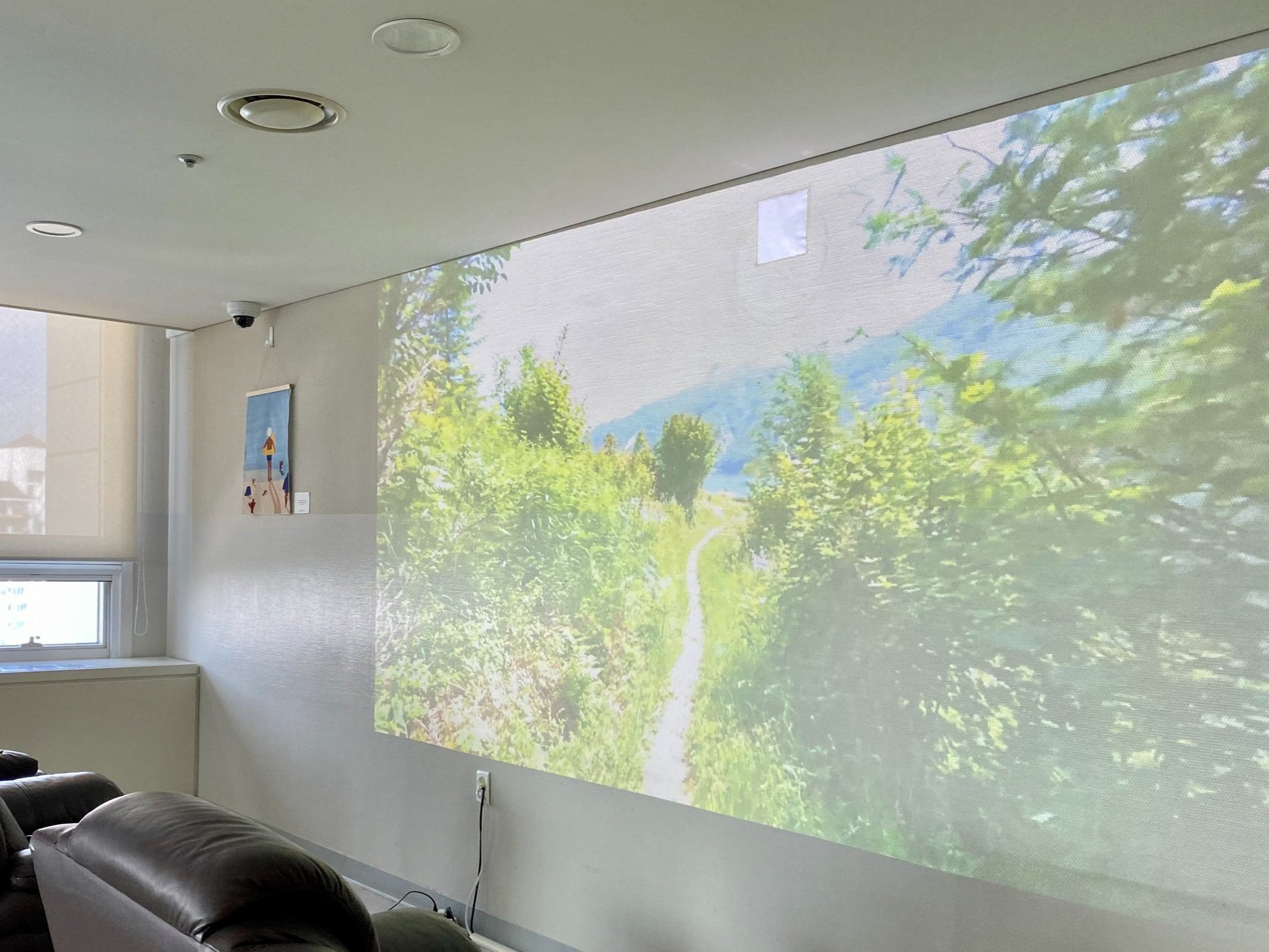Healing Room: Creating a space to pause for hospital staff during COVID-19
Research | Co-design | Prototyping
With Seoul Medical Center
Role Service Design Director
2020

As the Covid-19 crisis continued to worsen, the fatigue of the medical staff in the infectious disease ward was accumulating due to the challenging working environment. It was not easy for them to take a break while working in an incredibly stressful, high-risk environment.
Medical staff burnout has been an issue for a long time, and the Covid-19 crisis gave them even more responsibility and pressure. We wanted to find out if there was anything we could do to help, so we started a ‘Mind vitamin’ campaign that includes providing mindfulness sessions for the staff, promoting kind actions within the hospital and community, and creating a space for rest.
Journey
Listening to stories and co-designing:
We listened to the medical staff's experiences and how they felt and thought about current situations. For them, rest at work meant a temporary distance away from tense environments and situations. People also wanted different types of relaxation - being alone without disruption, having conversations or moving the body to stimulate their minds.
Conceptualising the space and experiences:
Wouldn't it be nice if they could take a break in a comfortable and warm space that doesn't look like a hospital, even for just 20 minutes? We proposed creating a 'Mind Vitamin - Healing Room' by re-decorating an area used as storage.
The concept of the space is to provide relaxation that could stimulate various senses with the idea of five senses therapy - herbal teas, aromatic smells, graphic books, moving nature images and relaxing sounds. We spoke to people with therapeutic knowledge and conducted research to look for evidence-based information.
Designing with existing resources and taking a prototyping approach:
It was important to express their desired atmosphere with a small budget. Our team looked for unused items in the hospital and got a few massage chair donations. We then added more creative elements to remove the dreary atmosphere. We let people experience it, got honest feedback and iteratively improved it.






“Most days, I did not want to go to work, but this experience made me want to come to work every day, thinking there was a healing room. It’s also nice to know that people think of us.”
Outcome & Impact
After we designed the space, we did a satisfaction survey. Before visiting the healing room, the stress index of many people averaged 7.4 out of 10. They were primarily exhausted. After visiting the healing room, the stress was minimised to 2.7 - 63% actual stress reduction, even if it was a brief rest. Most people said they felt comfortable and felt better. We found that it improved emotional health and motivation and relieving fatigue.
From the start of the project, we involved the leaders and senior-level staff in the process. For people to use the space more actively, we needed to encourage the culture that it is okay to take a break. We especially encouraged the senior nurses to nudge the junior nurses to visit the healing room, such as allocating the time after they finished their round in the ward.
The wellbeing of service frontline staff
Providing good quality service is linked to the wellbeing of the staff. The user-centred approach also needs to acknowledge the voices of the service providers. There needs to be a more preventative and system-level approach to tackle medical staff burn-out while encouraging small actions and behaviours toward more positive cultural changes.


